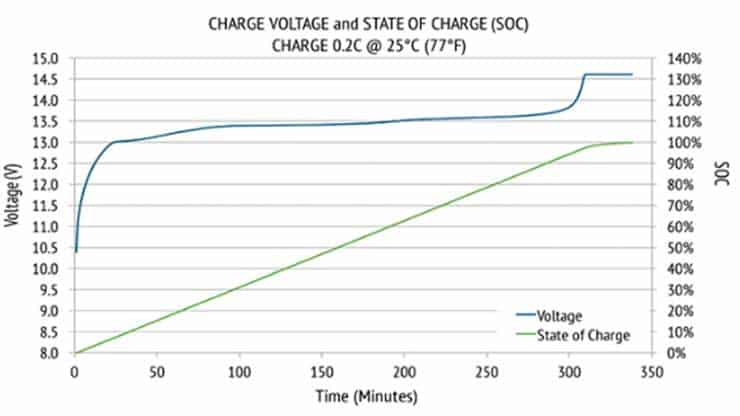Home energy storage systems are currently divided into two types: the grid-connected home energy storage system and the off-grid home energy storage system. Home energy storage lithium battery packs allow you to obtain safe, reliable, and sustainable energy and ultimately improve the quality of life. Household energy storage products can be installed in household energy storage lithium battery packs, whether in photovoltaic off-grid application scenarios or even in households where photovoltaic systems are not installed.
Household energy storage lithium battery packs have a service life of more than ten years, modular design, multiple energy storage units can be connected in parallel more flexibly, simple, fast, and significantly improve energy storage and utilization.
The grid-connected home energy storage system consists of five parts, 0including solar cell array, grid-connected inverter, BMS management system, lithium battery pack, and AC load. The system adopts a mixed power supply of photovoltaic and energy storage systems. When the mains power is average, the photovoltaic grid-connected system and the mains supply power to the load; when the mains power fails, the energy storage system and the photovoltaic grid-connected system are jointly powered.
The off-grid home energy storage system is independent and does not have any electrical connection to the grid. Therefore, the entire system does not need a grid-connected inverter, and the photovoltaic inverter can meet the requirements. Off-grid home energy storage systems are divided into three working modes. Mode 1: Photovoltaic provides energy storage and user electricity (sunny day); Mode 2: Photovoltaic and energy storage batteries provide user electricity (cloudy); Mode 3: Energy storage The battery supplies electricity to the user (evening and rainy days).





